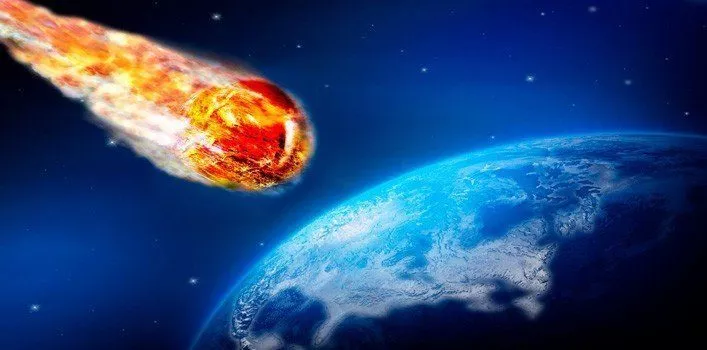There are many interesting facts about comets that you probably didn’t know. But fear not, that’s what we’re here to learn about today!
Check out these top 20 facts about comets and find out what they’re made of, where they come from and some of the famous comets.
A comets center or nucleus is made of ice and vary greatly in size per comet, ranging from a few meters, to kilometers wide.
Comets lose mass each time they get close to the sun due to a process called sublimation. After many years of circling the sun, the comet will eventually break apart from being so small and moving at such a great speed.
The ice that makes up the nucleus of a comet isn’t just frozen water like you might put in your summer drink, super cold methane, ammonia, and carbon dioxide ices are also in the mix, along with dust, rocks & other debris from the solar system.
Halley’s enters the inner solar system every 76 Earth years & is one of the most famous.
Comet Shoemaker-Levy 9 is just one of the comets in our solar system, not quite as famous as Halley, but in 1993, Shoemaker-Levy 9 broke into pieces which scattered over Jupiter.
Comets only reflect 4% of the light that falls on them, the rest is absorbed.
It is unknown at this time what lies beneath the ice of a comet nucleus.
The “coma” is the dust and gas surrounding the nucleus.
Comets used to fill people with fear. That fear inspired businessmen to market ridiculous products to sell to those that feared comets, such as: umbrellas, gas masks, and even “Anti-comet” pills.
The tail of a comet is part of the coma blowing away from the nucleus.
The dust in a comet’s tail reflects the light from the sun, which is how they appear so bright in the sky.
We may see the yellow tail that follows a comet, but ionized gas gives a comet a second, blue, tail.
The second tail of a comet can stretch to roughly 360 million miles.
Halley’s comet is estimated to appear again in July of 2061.
Comets can shed bits of rock that fall to earth as meteor showers.
A comet’s death can either be from crashing into something large, exploding from being torn apart by the sun’s gravity, or “going extinct” by losing volatile materials and becoming really small lumps of rock.
Comets are being produced by two regions of the outer Solar System: The Kuiper Belt and The Oort Cloud. The Oort Cloud is further out than the Kuiper Belt.
The Ion tail of a comet is the result of Solar winds blowing against the comet.
Over 3,000 comets are known to exist in our solar system at this time.
The Hale-Bopp comet was discovered in the year 1995 by Alan Hale from New Mexico and Thomas Bopp from Arizona, while it was passing just out of reach of Jupiter’s orbit.

















